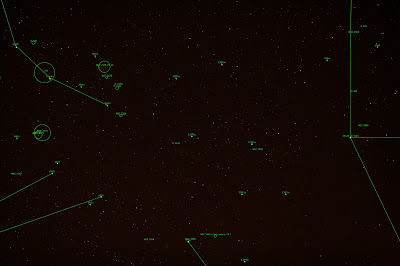
Utility-level subroutines perform transformations, such as those caused by precession, nutation and aberration. Basic-level subroutines supply the values of fundamental variables, such as the nutation angles and the heliocentric positions of Solar System bodies for specific epoches. The NOVAS library provides three levels of subroutines (functions): basic, utility, and supervisory.

Ī detailed description of the algorithms can be found here: Kaplan, et al. According to the Astronomical Applications Department, the algorithms used in NOVAS are identical to those used in the production of the US part of the Astronomical Almanac. This version implements the resolutions on astronomical reference systems and Earth rotation models passed at the IAU General Assemblies in 1997, 2000, and 2006. Instead of using trigonometric formulae from spherical astrometry, NOVAS uses the matrix and vector formulation which is more rigorous. The algorithms used by NOVAS are based on vector astrometry theories and the IAU resolutions. Currently, NOVAS has three different editions, for C, Fortran, and Python. It is developed by the Astronomical Applications Department, United States Naval Observatory.
Free astrometry software software#
The Naval Observatory Vector Astrometry Software ( NOVAS) is a software library for astrometry-related numerical computations.

C3.1 (C version) F3.1 (Fortran version) Python Edition 3.1.1Ĭross-platform (distributed in source code form)Īa.


 0 kommentar(er)
0 kommentar(er)
